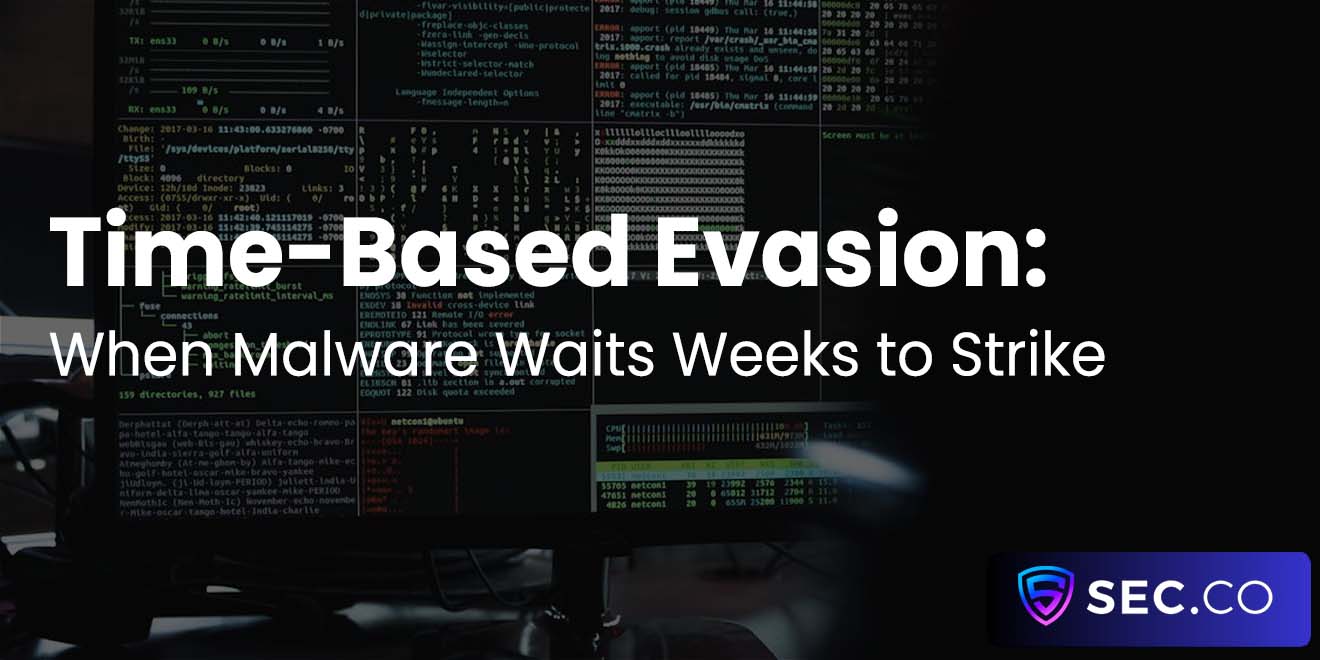AI-Powered Behavioral Analytics for SOC Teams
If you spend even a few weeks in a modern Security Operations Center (SOC), you’ll quickly notice that threat alerts can pile up faster than anyone can review them. There’s a constant stream of logs, notifications, and user activity to evaluate, and sometimes it feels like you’re playing digital whack-a-mole—trying to knock down new threats as soon as they pop up.
That’s where behavioral analytics powered by AI steps in, helping SOC teams sift through the noise and catch anomalies in real time.
Why Does “Behavior” Matter?
At its core, behavioral analytics is about understanding what “normal” looks like on your network. Normally, your users log in from the same location, at roughly the same times of day, and access the same files or databases.
Whenever there’s a sudden and unusual spike in activity—like hundreds of file downloads by a user who typically downloads just a handful each week—an alert is triggered. This matters because many threats blend in with everyday routines. Identifying subtle deviations helps your security team zero in on a potential compromise faster.
How AI Supercharges This Process
You might wonder, “Can’t we just create rules and be done with it?” Well, traditional rule-based systems are often rigid. They flag an activity if it meets certain criteria (e.g., “more than X number of downloads triggers an alert”). But what happens when legitimate activity surpasses that threshold or an attacker maneuvers just under the radar? AI-driven solutions are far more agile.
They learn by analyzing real-world behaviors—yes, the good, the bad, and the harmless—and adapt over time. So if your company merges with another firm, resulting in a spike in remote logins, the AI can adjust to that new baseline without drowning your team in false positives.
Spotting Insider Threats
Insider threats aren’t just a Hollywood trope. They can be employees gone rogue, or an innocent staffer who inadvertently clicks a malicious link and lets an intruder into the network. Behavioral analytics tools pay attention to who is accessing what—and when—and can quickly catch scenarios that don’t line up with someone’s usual habits.
For instance, if Dave from accounting suddenly starts probing servers that have nothing to do with financial data, your SOC team will know right away.
Taming Alert Fatigue
Almost any SOC analyst can tell you stories of alert overload—when your system is so sensitive it bombards you with notifications over every little deviation. If everything’s a priority, then nothing is. One of the biggest perks of AI is that it can weed out the white noise, focusing your attention on alerts with the highest likelihood of being malicious. That means your team has more bandwidth for serious investigations instead of chasing down false alarms.
Building Trust in AI
Some teams are hesitant about relying on “machine intelligence” for critical decisions. But nobody’s saying humans should be sidelined. If anything, AI handles the first pass—scanning through huge volumes of data and flagging anything unusual—while real people dive into those incidents and decide how to respond.
Over time, analysts can train the AI by providing feedback on which flags were truly risky and which were false positives, further refining the system’s accuracy.
Rolling It Out in Your SOC
If you’re new to AI-powered security tools, you don’t have to toss your existing setups. Many organizations start by running behavioral analytics in parallel with their current security information and event management (SIEM) systems. That way, you can compare results, gauge accuracy, and demonstrate a return on investment before deciding whether to move all-in.
Staying One Step Ahead
Threat actors are constantly evolving. They know that if they hammer away at the same systems or processes, eventually someone will catch on. SOC teams need the ability to spot patterns that haven’t been etched into a signature database yet—and that’s exactly where AI’s adaptive learning shines. Rather than waiting for a malicious signature to be discovered, your system identifies unusual patterns and sounds the alarm early.
Parting Thoughts
The reality is that you can’t protect what you can’t see. AI-powered behavioral analytics gives you a level of visibility that standard logging and manual checks may not. When you can automatically identify out-of-character activity and escalate the truly concerning events, your SOC team becomes more agile, efficient, and effective.
Ultimately, combining human expertise with automated intelligence forms the cornerstone of a modern cybersecurity strategy—one that can keep pace with an ever-changing threat landscape.
Trusted by the Web Community
See what we written lately
Request an invite
Get a front row seat to the newest in identity and access.















